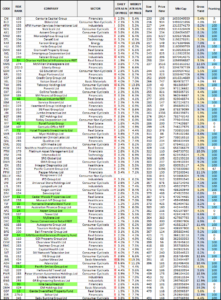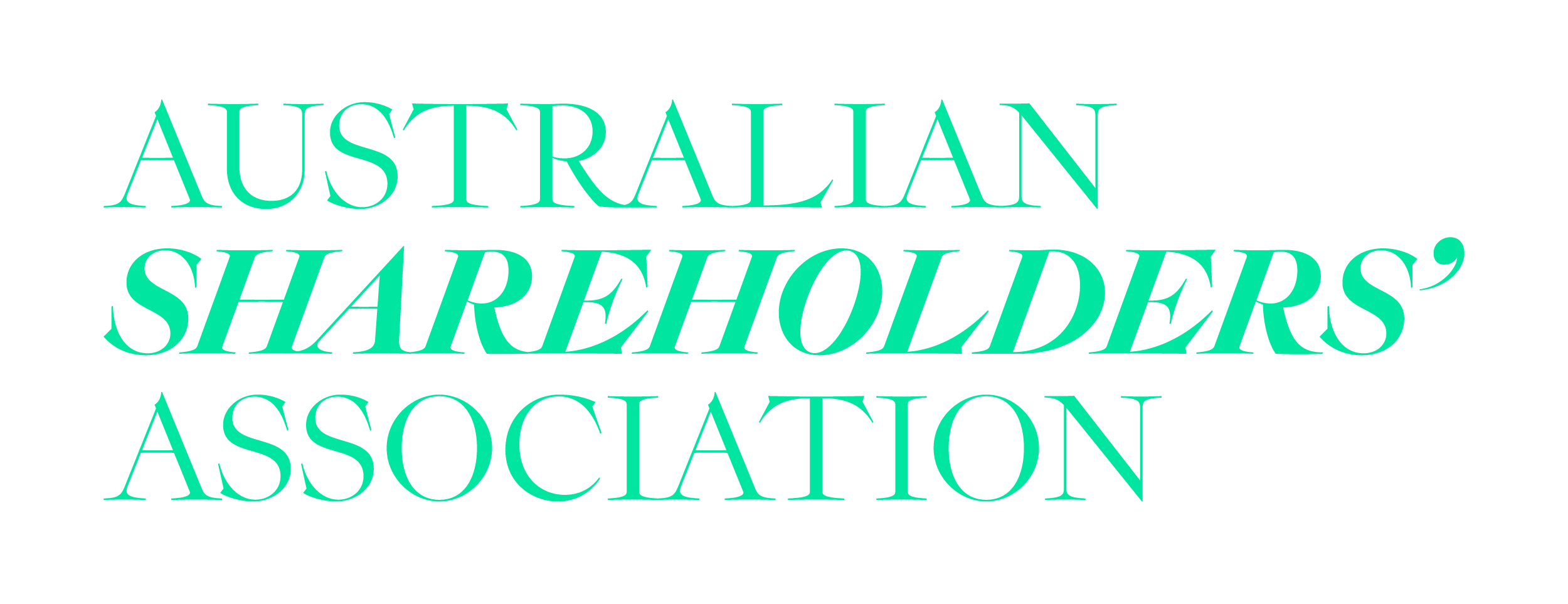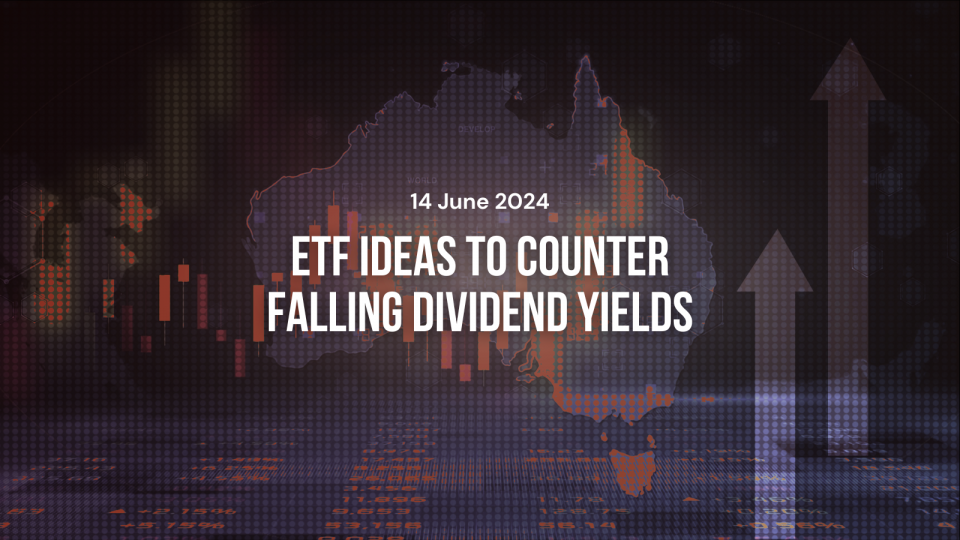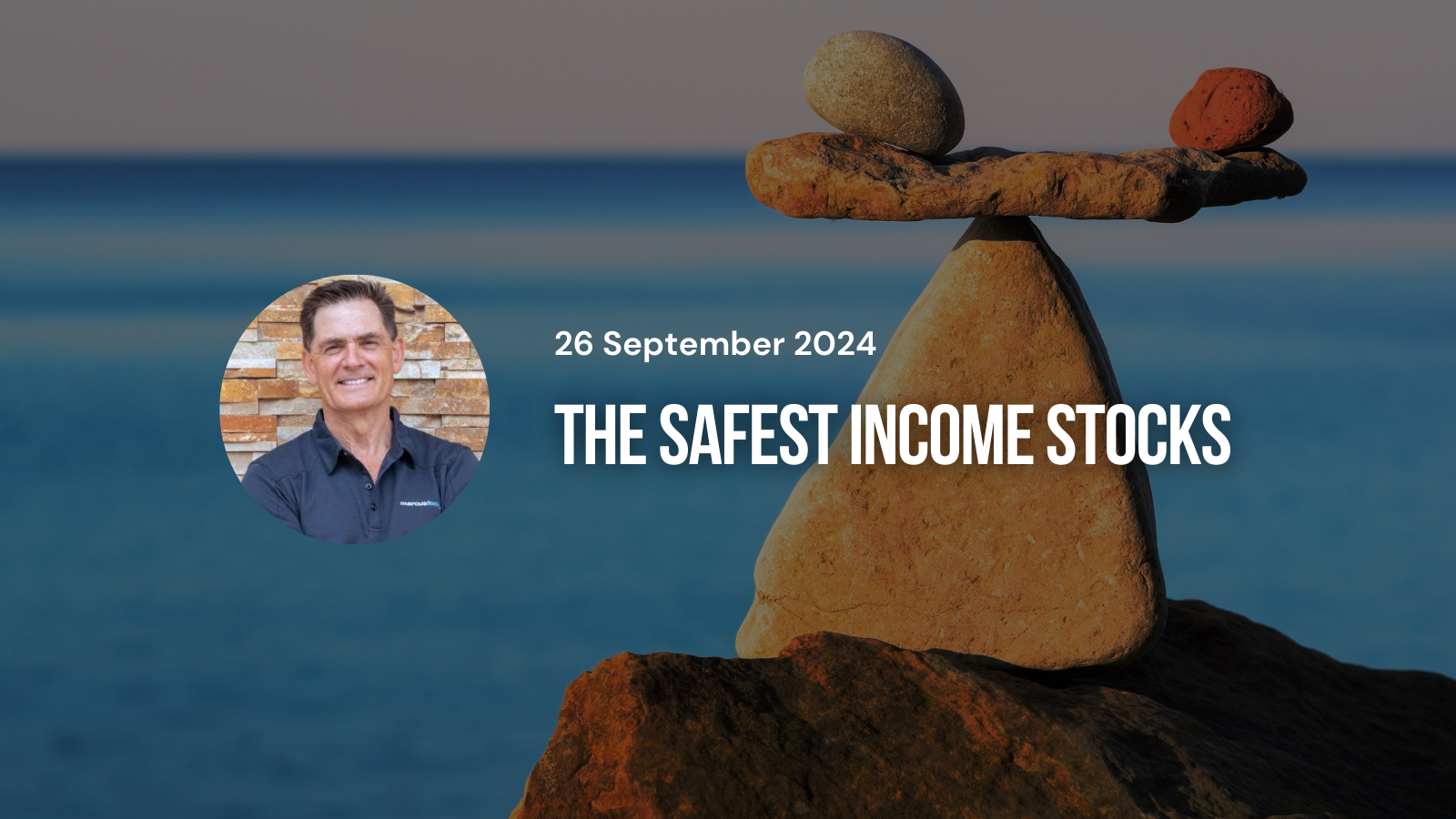
By Marcus Padley, Marcus Today | Thursday, 26 September
This is how fund managers pick out income stocks. In fact, they pick themselves—it’s not rocket science.
Criteria Include:
- Gross Yield – “Feel the width” – the yield. It is the first criterion. The yield including franking. These are stocks with gross yields over 4% in the ASX 200.
- Franking – Some of you will only buy stocks with fully franked yields. Highlighted in blue.
- Volatility – The risk rank is a number out of 500, showing the stock’s volatility ranking out of the biggest 500 stocks (All Ordinaries). So, 500 is the most volatile stock in the All Ordinaries and 1 is the least volatile. All these stocks are in the top 20% of least volatile stocks in the top 500 (stocks from 1-100). That’s why we call them the “safest”. They are really just the least volatile measured by weekly ATR as a percentage of share price.
- Market Capitalisation – Bigger is safer. We have restricted the list to the top 200 stocks. Generally, these stocks pay dividends consistently and reliably.
- The Yield Trap – Buying small companies with high yields is called the yield trap. Don’t get sucked into the yield trap by buying stocks that happen to yield a lot this year or this “time”. If they are paying a one-off big yield, the chances are they run to the dividend, go ex-dividend by more than the dividend and franking, and then get relentlessly sold down because that one attraction (a single dividend) has gone. Never buy a stock that yields a lot once.

Stocks with Higher Yields but Don’t Make the Grade as Income Stocks
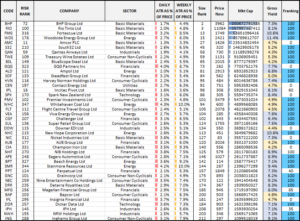
What Is Wrong with This List?
Big Yields Do Not Make an Income Stock
Only reliable yields that repeat year after year. We have taken out stocks with volatile earnings and consequently unreliable yields. Notably, these are mostly stocks in cyclical sectors like resources stocks. Qantas is another obvious omission as an example—their earnings are boom and bust, and so is the dividend. So, they are excluded.
Current Yield Isn’t Everything
The list only shows the gross yield this year. A high yield this year does not mean a high yield next year. You need to check the forecasts to see if that dividend is expected to be sustained next year. This is why the big banks are genuine income stocks—they know the dividend is their main attraction to shareholders, so they will never disturb the expectation of a higher dividend every year unless they absolutely can’t avoid it. Some companies feel no such responsibility.
Cyclical Stocks Aren’t Genuine Income Stocks
Companies like BHP, FMG, RIO, and other cyclical stocks depend on forces out of their control for their earnings (commodity prices), so they are not genuine income stocks. They are occasional income stocks and only come good on the dividend when they are having a good year. These companies can be identified by reading the annual report and the results announcements—look for comments about the dividend being dictated by a payout ratio. That means the dividend payout is related to earnings, so in a good year, you get a big dividend, and in a bad year, you get no dividend. In which case, the central attraction of an income stock (reliability of the dividend) is missing.
Income Stock Pitfalls
That’s not to say stocks like BHP and FMG don’t pay decent yields sometimes—in some years they are fabulous, but only in the good years. In those good years, you will find the yield is irrelevant because you will make (and lose) far more money timing the share price than you ever will relying on them for a dividend. If anything, the dividends are a trap because they hold people in the stock when the share price might have peaked and be going down. Generally speaking, you trade these stocks for the share price, not use them for income. The same goes for any other company on the list that uses a payout ratio as a dividend determinant and has volatile earnings driven by cyclical factors. In the end, stocks like BHP and FMG are fabulous income stocks sometimes—but only when they are going up!
You can see why everybody holds the banks as income stocks—they are very low volatility, the biggest stocks in the market, with very reliable earnings streams and dividends, and management that knows its responsibility not to disturb the dividend flow. They only ever fall over when there is a seismic event like the GFC or the banking sector inquiry, or, as is possible at the moment, they become overpriced, and then the market falls over, taking all stocks with it.
Classic Income Stocks
You can also see the classic income stocks on this list—stocks like REITs, Insurance, and Consumer Staples. Some of the laziest/luckiest fund managers are those focused on income because the stocks pick themselves, you buy them, and that’s that.
Highest Yielding Stocks Outside ASX 200
For those of you happy to look beyond the larger stocks, here are the stocks outside the ASX 200 with gross yields over 4%. They are in market capitalisation order. Stocks in green have a volatility ranking in the bottom 20% (safer). I have left the sector column in so you can decide if these are cyclical (unreliable) or (more) reliable (REITs).
Quirks of the Stock Market
Just a quirk of the stock market—some stocks have weirdly high yields despite their industry (technology). When the CEO has a large personal holding, they often pay an unusually high yield. DWS used to do that. If you see a big and seemingly reliable yield on a cyclical stock or small stock, check the share register. You might find a very large personal holding by the person setting the dividend strategy. For instance, the Non-Exec Chairman of LYL owns 23% of the company, and the other directors are heavily invested (which is good).
